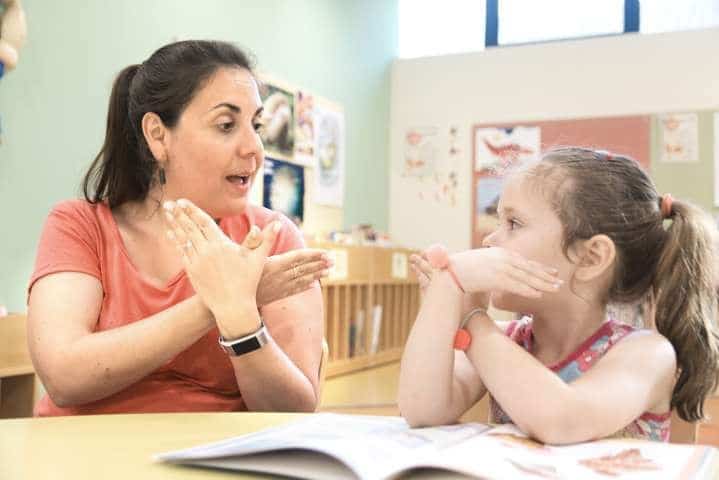Teaching Kids with Special Needs
Written by: Karina Sharma, BT

Teachers and parents of children with special needs must take an individualized approach to education. In order for these special children to truly learn, we must first understand what they are capable of accomplishing. Each child’s educational capacity is different, so it is important to be understanding and supportive of the child’s unique abilities. When teaching kids with special needs, avoid making harsh judgments or comparisons to other children.
This can lead to the child being discouraged and unmotivated in school matters. It is important for the student to learn in a supportive and blame-free environment. Children learn best in a work area that is free of distractions, judgment, and noise. This may require creating a personal study space, providing ear plugs and removing all disturbances (iPad, cellphone, TV) before the child begins to study.
Learning Difficulty when Teaching Kids with Special Needs
Another important thing to consider is level of difficulty of and pace curriculum. It is important for educators to modify curriculum based on the student’s level of functioning, skill set, and the time needed to complete a task. It is unfair to assume that the child with special needs will learn at the same rate as their peers. Patiently allowing the child as much time as they need to complete an assignment will allow the student to process the information being learned without the unnecessary stress and anxiety.
Do not make the child feel rushed or irritated. One of the biggest sources of discouragement comes from when a child is trying to complete a task and is simultaneously given negative comments about their work. It is our job to use a positive approach when teaching and offer positive feedback on tasks attempted. Delivering encouragement through praise or other rewards is an imperative way to create a successful learning environment.
Avoid Discouragement
Students who have special needs often have specific deficits that negatively impact their learning abilities. Understanding the child’s learning preference is an effective way to overcome these deficits and promote successful learning. Children learn from hearing, seeing, and doing. Some children learn best through a lecturing style whereas others process information better when provided visuals.
Then there are those children who need to touch and feel and physically complete a task to be taught. Finding out which learning style best suits the child is an important step to overcome any learning challenges they may be facing and enhance their educational experience.
Establish the Rules
The final recommendation that I would like to give for effectively teaching children with special needs is establishing rules and consequences. Explaining rules to the child and then following through with the appropriate consequence is imperative when teaching. It is important to carry out any needed discipline in a manner that is consistent and nonthreatening in nature.
Avoid arguing with the child and use a neutral tone of voice, regardless of how loud or aggressive the child becomes. Allowing the child to protest and then redirecting them to a neutral space establishes a sense of security and structure. Kids with special needs respond best to patience, so responding in a tolerant, flexible, and understanding fashion will be most effective.
Date Posted:
August 23, 2021
Share this blog
Categories
Recent Blog Posts
-
A Day in the Life of an Early Intervention Speech Therapist
-
 What Does an Early Childhood Speech Therapist Do?
What Does an Early Childhood Speech Therapist Do? -
 Behavior Therapists: A Career Merging the Science of Learning with Fun and Compassion
Behavior Therapists: A Career Merging the Science of Learning with Fun and Compassion -
 A Day in the Life of a Home-Based Early Intervention Provider
A Day in the Life of a Home-Based Early Intervention Provider -
Enhancing ABA Therapy with Compassionate Care: Empowering Individuals through Positive Reinforcement





